Using the method while teaching adults requires a different approach from teaching children, writes the Suzuki-trained violin teacher
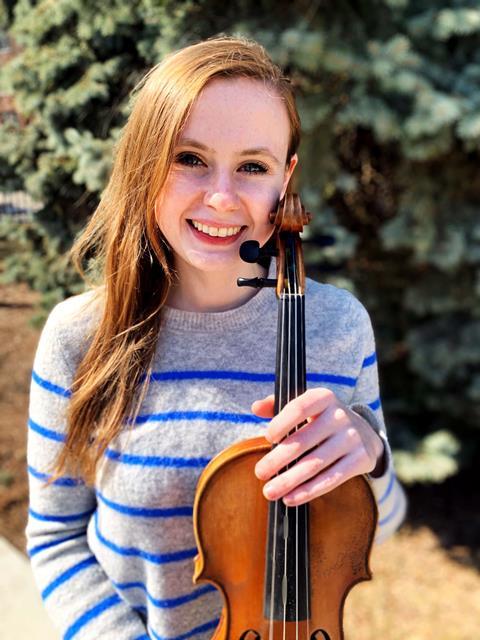
Discover more Featured Stories like this in The Strad Playing Hub
‘Isn’t the Suzuki Method meant to be for kids?’
This is something that I’ve been asked frequently when meeting with prospective adult students. Yes, Dr Suzuki created the method with children in mind, but that doesn’t mean it can’t be used effectively for adult learners.
The Suzuki Method is based around five core principles:
● All children are capable of learning an instrument.
● Music is best taught how children learn their mother tongue (by ear).
● Involvement of families is crucial for a child’s success.
● Group lessons and performances are just as important as private lessons.
● Learning an instrument helps develop a child’s character.
It goes without saying that children and adults learn in different ways, but I believe that these principles can be easily adapted to support adult student’s goals.
The Suzuki Method was born when Dr Suzuki had the realisation that all Japanese children speak Japanese. In other words, all children learn to speak their mother tongue, which proves that any skill can be developed in any child with the right instruction and right environment.
However, this phenomenon is not limited to children. Our brains have a remarkable trait, neuroplasticity, which allows them to continue to change and adapt to external stimuli, making it possible to change our behaviours and learn new skills. According to the Pacific Neuroscience Institute, ‘neuroplasticity is not limited to children or young adults; it persists throughout life, and can even be enhanced through environmental factors.’
Although the first principle states that all children are capable of learning an instrument, due to neuroplasticity, I believe that anyone, regardless of age, can learn new skills, like playing the violin. In my experience, most adults do not have the goal or expectation of becoming a professional violinist one day. They want to play because it makes them happy, gives them a sense of purpose, and provides a refuge from the monotony or tragedy of everyday life. Their learning circumstances might not be as ideal as they would for a child, but often their desire, persistence, and dedication makes up for it.
The second, third, and fourth principles do not apply so easily to adult learners.
I’ve found that the majority of adult students learn quicker and more easily when they are learning music directly from the notation rather than by ear. Don’t get me wrong; listening to their pieces is still very important and can be a tremendous help in the learning process, but I don’t think that learning completely by ear is the best practice for adults. Learning to play by ear is a process of trial and error, and while it is certainly valuable, it takes a much longer time to learn this way, at least at first, and time is a precious commodity for adult learners.
Learning by ear also heavily relies on memorising music, which can be extremely difficult for someone with no prior musical experience. Reading music is a valuable skill, and one that adult students likely shouldn’t wait another three to five years to learn, as it will probably take just as long to develop fluency in! In my experience, adult students tend to progress faster when they are able to look at the music sheets from the very beginning, while supplementing their learning with listening to repertoire.
Read: Mother tongues: Global Suzuki Method
Read: ‘Planting seeds for my relationship with music’ - Hilary Hahn and the Suzuki method
Adults do not necessarily need the support of their loved ones to excel. The primary reason for the ‘Suzuki Triangle’ is that the Suzuki students generally are too young to learn completely on their own or be trusted to practise consistently. Adults have many more years of learning experience under their belt: they understand their learning style and have likely mastered time management. This is one part of the Suzuki philosophy that I find to be superfluous when applying the method to adults.
On a similar note, group lessons and recitals are not as vital for adults as they are for children. I do not hold group classes for my adult students because I teach the vast majority of them online (and they are scattered all over the world!), and the majority of them cannot make another commitment. It’s already a lot to ask for them to attend weekly lessons and get in daily practice. I gave a monthly, online group class for my adult students last year and while, in theory, many of them were excited about it, in practice, very few could actually make the commitment on top of their current responsibilities.
Some would argue that recitals are absolutely necessary for music students, but I don’t necessarily agree that this is true for adult learners. The point of recitals is to practise performing, because if you are pursuing a career path in music, you will absolutely need to perform. As I mentioned previously, the majority of adult students are not seeking a career in music; they simply play because they enjoy it. For many, recitals can be an unnecessary cause of stress. I do hold biannual, online recitals for my adult students, and while participation is not required, most of them do choose to participate. This not only helps give them something to work towards, but also helps them see that there are other adults out there doing the same thing. It’s humbling to learn a new skill as an adult, and it can be especially difficult when you don’t have anyone around you to share that experience with. While recitals for adult learners are not as essential as for children, they can still be a great learning experience.
Like Dr Suzuki, I strongly believe that the best skills a student can learn from their time studying an instrument are not related to the instrument at all. While adults do not necessarily need to learn skills like discipline or time management (although we can always improve in these areas), they can benefit from increased memory and cognitive function, adaptability, problem solving, and stress management. Many adult learners find joy in just doing something for themselves for once. Others find fulfillment pursuing a childhood dream. Learning to play an instrument is much more than just the skill itself; it’s character development.
Are some adults apprehensive about using a method that was meant for children? Yes. But the reason why I love the method and believe it works for students of any age is that the Suzuki Method is based on learning skills that will serve as the foundation for any piece or style of music they wish to play in the future. I’ve never met an adult student who wasn’t at least willing to give it a try.
In her book Shinichi Suzuki: A Man and His Music, Evelyn Herman writes: ‘First, to set the record straight, this is not a “teaching method”. You cannot buy ten volumes of Suzuki books and become a “Suzuki Teacher”. Dr Suzuki has developed a philosophy which, when understood to the fullest, can be a philosophy for living. He is not trying to create the world of violinists. His major aim is to open a world of beauty to young children everywhere that they might have greater enjoyment in their lives through the God-given sounds of music.’
Meghan Faw is a Suzuki-trained violin teacher based in the US. Find out more about her work here and on Instagram @suzukiviolinteacher.
Read: The dark side of being an adult violin beginner: Rachael Ridge
Read more Featured Stories like this in The Strad Playing Hub
The number one source for playing and teaching books, guides, CDs, calendars and back issues of the magazine.
In The Best of Technique you’ll discover the top playing tips of the world’s leading string players and teachers. It’s packed full of exercises for students, plus examples from the standard repertoire to show you how to integrate the technique into your playing.
The Strad’s Masterclass series brings together the finest string players with some of the greatest string works ever written. Always one of our most popular sections, Masterclass has been an invaluable aid to aspiring soloists, chamber musicians and string teachers since the 1990s.
American collector David L. Fulton amassed one of the 20th century’s finest collections of stringed instruments. This year’s calendar pays tribute to some of these priceless treasures, including Yehudi Menuhin’s celebrated ‘Lord Wilton’ Guarneri, the Carlo Bergonzi once played by Fritz Kreisler, and four instruments by Antonio Stradivari.

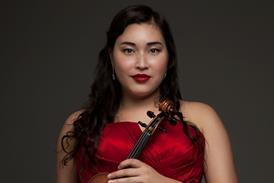


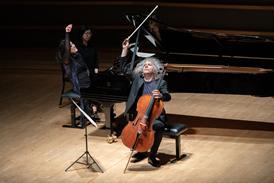
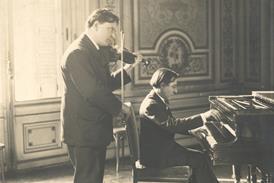
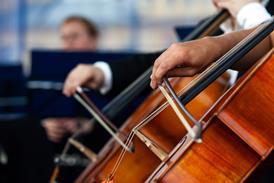

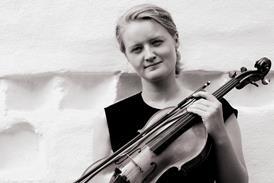
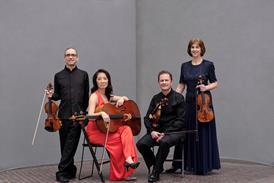
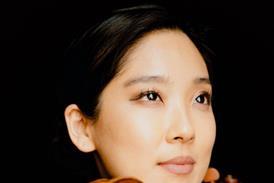



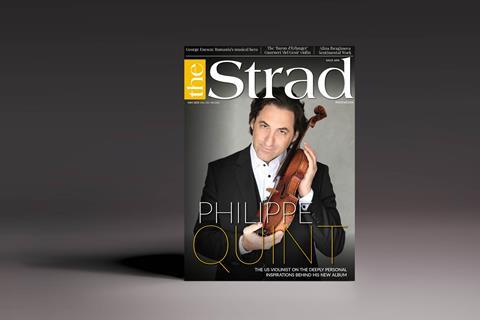




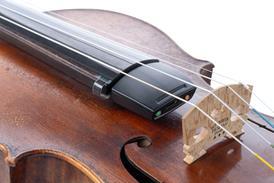

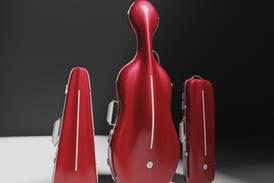















No comments yet